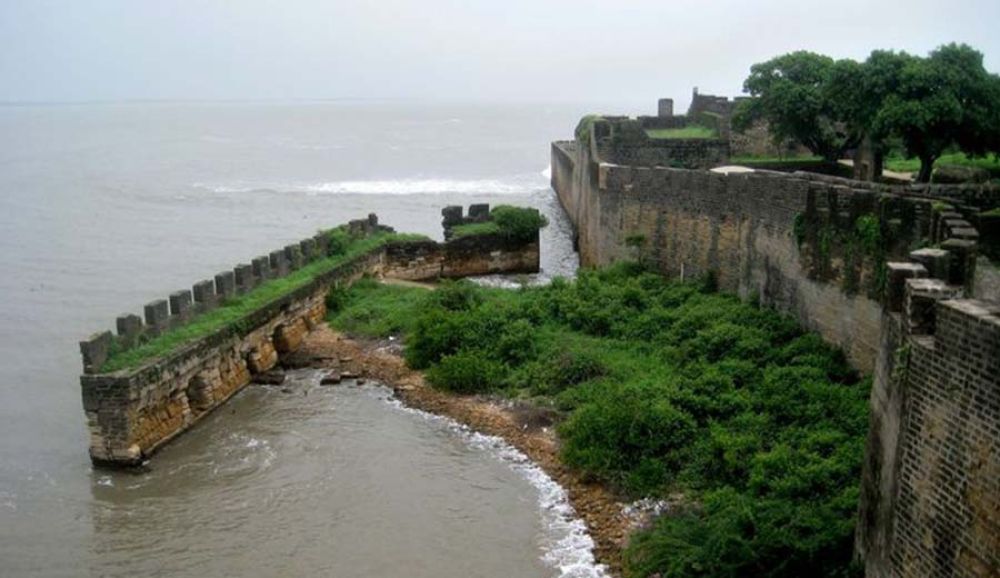

Located on the west coast of India, Daman has been a magnet for traders and tourists alike for centuries. Its history of tourism can be traced back to the 16th century when it first came under Portuguese colonial rule. With its sandy beaches, colonial architecture, and unique blend of Indian and Portuguese cultures, Daman has offered a distinctive experience for travelers.
The Portuguese Era
Tourism in Daman began to flourish during the Portuguese era. The construction of majestic churches, forts, and a uniquely Luso-Indian cultural environment made Daman a popular destination for European travelers looking to indulge in the exotic East. The serene and scenic beauty of Daman was even celebrated in Portuguese literature and travelogues.
Post-Independence Boost
However, it wasn't until after India's independence in 1947 and Daman's liberation from Portuguese rule in 1961 that tourism started to be seen as a significant economic driver. The Indian government began to promote Daman as a tourist spot, emphasizing its pristine beaches and Portuguese heritage.
Daman’s Beachfront Charisma
In the 20th century, Daman's beaches, such as Devka and Jampore, became the major attractions that drew domestic tourists from neighboring states. Families and groups flocked to the area to enjoy picnics, beach sports, and the relaxed coastal lifestyle.
The Emergence of Casinos
The early 21st century saw a new trend in Daman's tourism with the introduction of casinos. Daman’s location near Gujarat (where gambling is illegal) made it a strategic spot for this new avenue of tourism. Consequently, the Union Territory became a hotspot for those seeking to try their luck in gaming and entertainment.
Eco-Tourism
In recent times, there has been a push towards promoting eco-tourism in Daman. With increasing awareness about preserving natural habitats and providing sustainable tourist experiences, Daman is developing facilities to ensure that tourism growth does not come at the expense of its environment.
The Pandemic Effect: Challenges and Adaptation
The COVID-19 pandemic brought significant challenges to the tourism sector worldwide, and Daman was no exception. However, the region adapted quickly by implementing safety protocols and encouraging responsible tourism. As travel restrictions eased, there was a new trend where more people sought out less crowded and open spaces, benefiting destinations like Daman, with its wide-open beaches and outdoor attractions.
Current Trends
Currently, Daman continues to thrive as a tourist destination, catering to a wide range of travelers, from those seeking cultural experiences to adventure tourism enthusiasts. There's also a growing trend of culinary tourism with visitors eager to taste the local Indo-Portuguese cuisine. Boutique hotels and heritage stays are becoming popular, providing tourists with an immersive cultural experience.
The future of tourism in Daman looks promising, as the area continues to blend its historical allure with the evolving demands of modern travelers, ensuring its place as a vibrant and welcoming destination on India's tourism map.